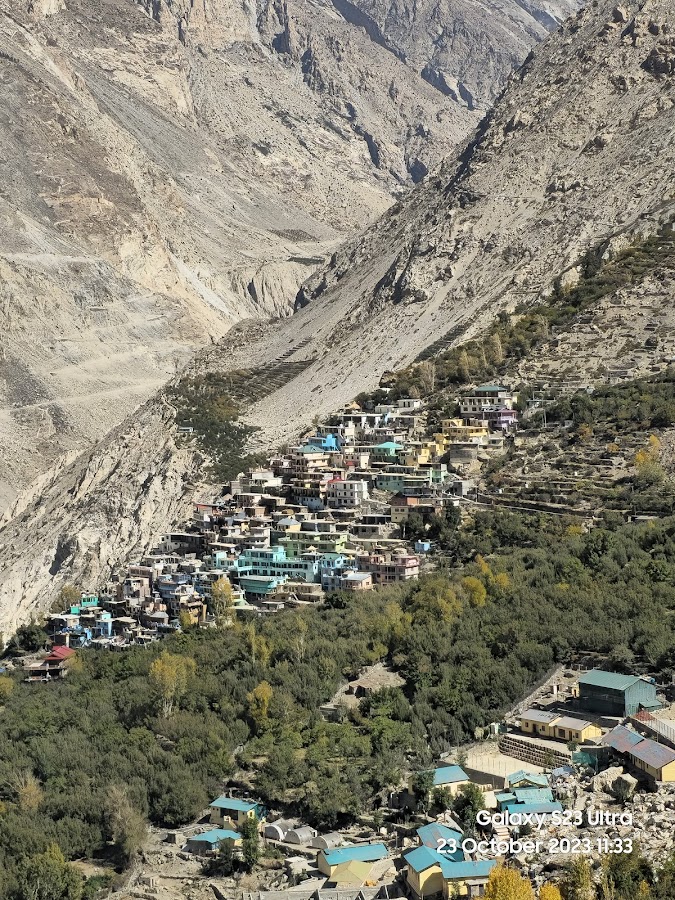
Namgya
Kinnaur, India
- Capture the beauty of the Himalayan landscape.
- Experience the traditional Kinnauri lifestyle.
- Interact with the friendly villagers.
- Trek to nearby viewpoints for scenic views.
- Visit the local monastery and temple.
Known for:
Description:
Namgya, a remote village in the Kinnaur district of Himachal Pradesh, India, offers a unique glimpse into traditional Kinnauri life and stunning Himalayan landscapes. Situated close to the Indo-China border, it provides a raw and authentic experience, far removed from mainstream tourism. The village is characterized by its distinctive architecture, with houses built using stone and wood, reflecting the region's harsh climate and rich cultural heritage. The surrounding mountains, often snow-capped, create a dramatic backdrop, perfect for photography and quiet contemplation. Travelers can immerse themselves in the local culture, interact with the friendly villagers, and explore the nearby monasteries and temples. Namgya is an ideal destination for those seeking solitude, adventure, and a deeper understanding of the Himalayan way of life.
History:
Historically, Namgya has been a significant village along the old trade route between India and Tibet. Its proximity to the border has made it a strategically important location, witnessing various historical events and cultural exchanges. The village has preserved its ancient traditions and customs, largely untouched by modernization. The local monasteries and temples hold valuable artifacts and scriptures, reflecting the region's strong Buddhist influence. While documented history is scarce, oral traditions and local legends provide insights into the village's past, including tales of brave warriors, devout monks, and the challenges of living in such a remote and rugged environment. The people of Namgya have adapted to the harsh conditions, developing a resilient and self-sufficient way of life that continues to this day.